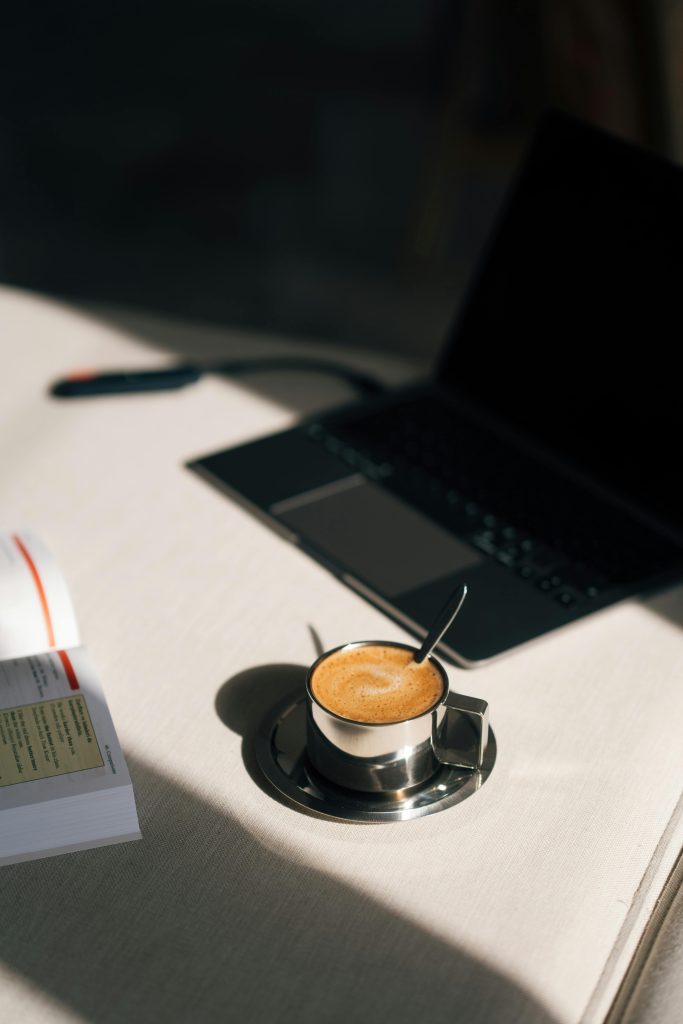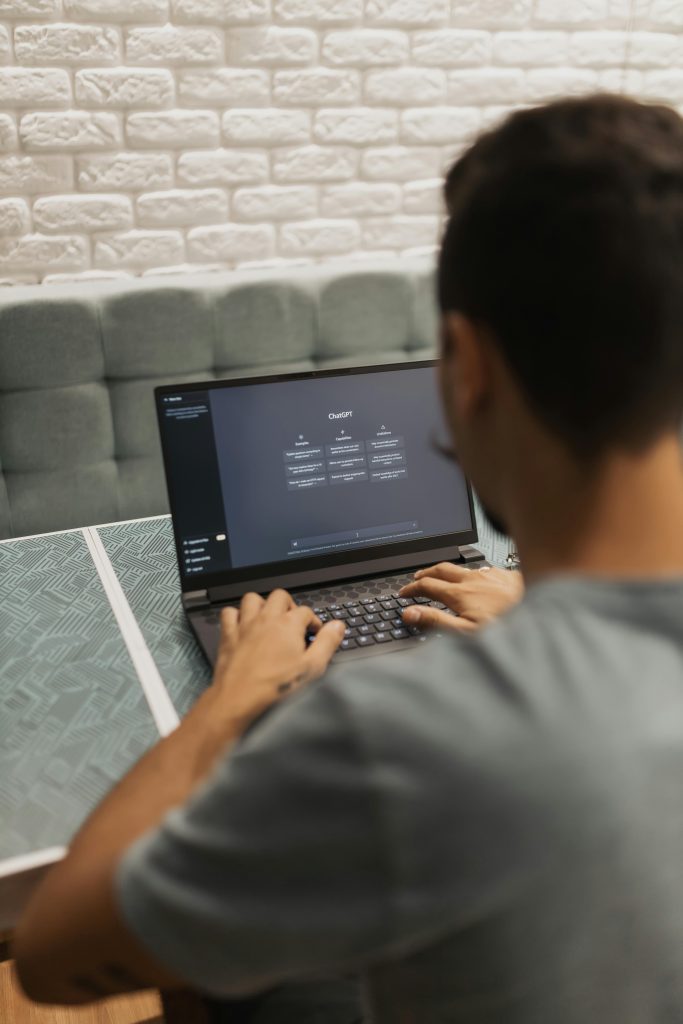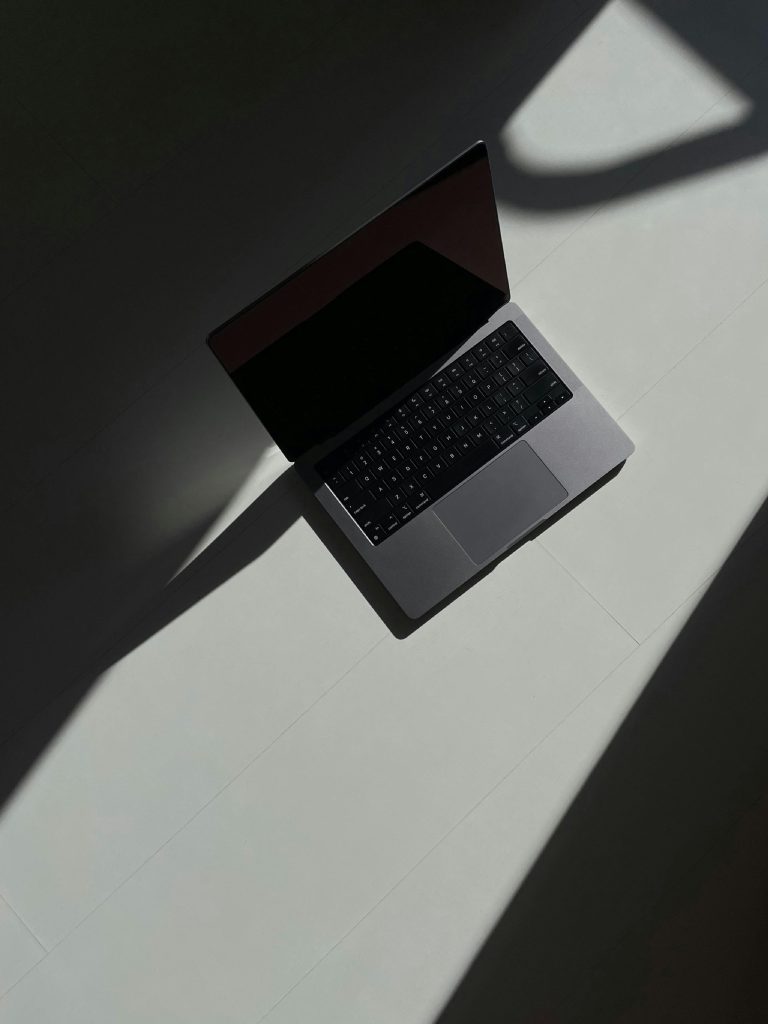Get ready to take your comfort and performance to new heights with the latest advancements in cushioning technologies. These innovative solutions have revolutionized the way we experience comfort in our daily lives, whether it’s in our shoes, furniture, or even sporting equipment. By providing superior support and shock absorption, these technologies ensure that every step you take or every move you make is cushioned with care and precision. So, brace yourself for a delightful journey as we explore the fascinating world of cushioning technologies and discover how they not only enhance your comfort but also elevate your performance to the next level.

What is Cushioning Technology?
Cushioning technology is a specialized system designed to provide comfort, support, and protection to the body during various activities. It is commonly used in footwear, athletic gear, and medical products. The main purpose of cushioning technology is to absorb and distribute impact forces, reducing the stress on the body and minimizing the risk of injuries. By providing an extra layer of cushioning, these technologies enhance both comfort and performance, allowing individuals to push their limits and excel in their chosen activities.
Types of Cushioning Technologies
There are several types of cushioning technologies available today, each with its unique features and benefits. These include air-based cushioning systems, gel-based cushioning systems, foam-based cushioning systems, and spring-based cushioning systems. Let’s take a closer look at each of these technologies and how they work.
Air-based Cushioning Systems
Air-based cushioning systems utilize pockets or chambers filled with compressed air to provide cushioning and shock absorption. These pockets are strategically placed within the footwear or equipment to absorb the impact forces generated during activities such as running, jumping, or walking. The pressure inside the air chambers can be adjusted to suit individual preferences, providing customizable comfort and support.
One of the significant advantages of air-based cushioning systems is their ability to distribute pressure evenly across the entire foot or body. This helps reduce discomfort and prevents the development of sore spots or hotspots. Additionally, the adjustable nature of air-based cushioning systems allows individuals to customize the level of cushioning according to their specific needs, ensuring optimal performance and comfort.
However, air-based cushioning systems may have some disadvantages. They can be vulnerable to punctures or leaks, which can compromise their effectiveness. Also, excessive exposure to extreme temperatures can affect the performance of the cushioning technology. Despite these drawbacks, air-based cushioning systems remain popular and widely used in many athletic shoes and sports equipment.
Some popular examples of air-based cushioning technologies include Nike Air, adidas Boost, and ASICS Gel-Nimbus.
Gel-based Cushioning Systems
Gel-based cushioning systems involve the use of gel-like materials that are inserted or integrated into footwear or equipment to provide cushioning and shock absorption. The gel substances used in these technologies are usually viscoelastic, meaning they have both viscous and elastic properties. This unique characteristic allows the gel to deform under pressure, absorbing impact forces and providing a cushioning effect.
The advantages of gel-based cushioning systems lie in their excellent shock-absorbing capabilities. The gel materials can effectively dissipate impact forces, reducing stress on the body and providing a comfortable and stable platform. Additionally, gel-based cushioning technologies often offer superior durability, maintaining their cushioning properties over prolonged periods of use.
However, gel-based cushioning systems may have some disadvantages as well. They can be heavier and bulkier compared to other cushioning technologies, which may affect the overall weight and flexibility of the footwear or equipment. Gel-based cushioning systems also have a limited ability to adjust the level of cushioning, making them less customizable than other options. Nevertheless, many individuals find gel-based cushioning systems to be highly effective in providing comfort and support during various activities.
Some popular examples of gel-based cushioning technologies include ASICS Gel-Kayano, Brooks Glycerin, and New Balance Fresh Foam.

Foam-based Cushioning Systems
Foam-based cushioning systems involve the use of specialized foam materials that provide cushioning and shock absorption. These foams are designed to compress and deform under pressure, effectively absorbing impact forces and providing a comfortable and supportive platform. Foam-based cushioning technologies are widely used in footwear, athletic gear, and medical and therapeutic products.
The advantages of foam-based cushioning systems lie in their versatility and adaptability. Foam materials can be engineered to have different densities, thicknesses, and properties, allowing for a wide range of cushioning options. This flexibility enables manufacturers to create products suitable for various activities, foot types, and performance levels. Foam-based cushioning systems also tend to be lightweight, providing a balance between cushioning and responsiveness.
However, foam-based cushioning systems may have some disadvantages. Depending on the foam material used, they may have a limited lifespan and lose their cushioning properties over time. The compression set, or the ability of the foam to bounce back to its original shape after being compressed, can also be a factor to consider. Nevertheless, foam-based cushioning technologies remain a popular choice due to their balance of comfort and performance.
Some popular examples of foam-based cushioning technologies include Nike React, adidas Cloudfoam, and Puma Ignite.
Spring-based Cushioning Systems
Spring-based cushioning systems utilize mechanical springs to absorb and distribute impact forces. These springs are integrated into the footwear or equipment, providing a responsive and cushioned feel. The springs can be designed to compress and release energy, enhancing performance and reducing the stress on the body.
The advantages of spring-based cushioning systems lie in their excellent energy return capabilities. The springs store and release energy, providing an additional push during activities and maximizing efficiency. This enhanced energy return can translate into improved performance and reduced fatigue. Spring-based cushioning systems are often favored by athletes and individuals engaged in high-impact activities.
However, spring-based cushioning systems may have some disadvantages as well. They can be heavier and less flexible compared to other cushioning technologies, which may impact the overall comfort and range of motion. Additionally, the responsiveness of spring-based cushioning systems can vary depending on the design and materials used. Despite these limitations, spring-based cushioning technologies continue to be used in specific sports and athletic footwear.
Some popular examples of spring-based cushioning technologies include adidas Springblade, Reebok ZigTech, and HOKA ONE ONE Meta-Rocker.

Factors to Consider When Choosing Cushioning Technologies
When selecting the right cushioning technology, several factors should be taken into account:
Activity type and intensity
Consider the specific activities you will be engaging in and the level of impact involved. Different cushioning technologies may be more suitable for running, walking, or high-impact sports.
Foot type and pronation
Understand your foot type and how it moves during activities. Pronation, or the inward rolling motion of the foot, can affect the distribution of forces and the effectiveness of cushioning technologies. Choose a technology that supports your foot type and provides appropriate stability.
Weight and body structure
Consider your body weight and structure, as these factors can influence the amount of cushioning required. Heavier individuals may require more robust cushioning technologies to provide adequate support and shock absorption.
Personal preference and comfort
Ultimately, personal preference and comfort play a significant role in choosing the right cushioning technology. Try different options and consider factors such as cushioning level, responsiveness, and overall feel.
Impact of Cushioning Technologies on Performance
Cushioning technologies have a significant impact on performance in various ways:
Improved shock absorption
By absorbing and dispersing impact forces, cushioning technologies reduce the stress on the body. This leads to improved comfort and allows individuals to perform at their best without experiencing excessive fatigue or discomfort.
Enhanced energy return
Certain cushioning technologies, such as foam-based systems and spring-based systems, have the ability to store and release energy. This enhanced energy return can give athletes an extra boost and improve overall performance.
Increased stability and balance
Cushioning technologies play a vital role in providing stability and balance, especially during dynamic movements. The cushioning properties help individuals maintain proper alignment and reduce the risk of injuries caused by excessive motion or instability.
Reduced risk of injuries
One of the primary benefits of cushioning technologies is their ability to reduce the risk of injuries. By absorbing impact forces, they minimize the strain on joints, muscles, and tendons, helping to prevent common injuries such as stress fractures, sprains, and strains.
Applications of Cushioning Technologies
Cushioning technologies find widespread applications in various industries and products:
Sports footwear
Cushioning technologies are extensively used in sports footwear, including running shoes, basketball shoes, and soccer cleats. These technologies enhance comfort and performance and help athletes and individuals perform at their best.
Athletic gear and equipment
Cushioning technologies are also incorporated into other athletic gear and equipment, such as insoles, sports bras, helmets, and knee pads. The cushioning properties provide additional support and protection during physical activities, reducing the risk of injuries.
Medical and therapeutic products
Cushioning technologies have found applications in the medical and therapeutic field as well. They are used in orthopedic footwear, prosthetics, and pressure-relieving mattresses to provide comfort, support, and relieve pain for individuals with specific medical conditions.
Future Trends in Cushioning Technologies
As technology continues to advance, cushioning technologies are expected to evolve and improve. Here are some future trends to watch out for:
Exploration of advanced materials
Researchers and manufacturers are continually exploring new materials and technologies to enhance cushioning properties. This includes the development of lightweight and responsive materials that offer superior comfort and support.
Integration of smart technology
The integration of smart technology into cushioning systems is on the rise. This includes the use of sensors and data analysis to provide real-time feedback on performance, gait analysis, and personalized recommendations for optimal cushioning.
Customization and personalization
The future of cushioning technologies lies in customization and personalization. Advancements in 3D printing and scanning technologies enable individuals to have their footwear or equipment tailored specifically to their unique needs and preferences.
Sustainability initiatives
As environmental concerns become increasingly important, the development of sustainable cushioning technologies is gaining traction. Manufacturers are exploring eco-friendly materials and production processes to reduce their carbon footprint and create more environmentally-conscious products.
In conclusion, cushioning technologies play a vital role in enhancing comfort and performance during various activities. Whether it’s in sports footwear, athletic gear, or medical products, these technologies provide support, shock absorption, and stability, helping individuals push their limits and achieve their goals. With advancements in materials, customization options, and sustainability initiatives, the future of cushioning technologies looks promising, paving the way for even greater comfort and performance-enhancing capabilities.


